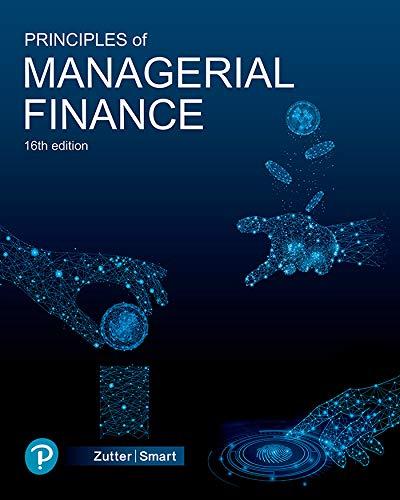(Qs 8-14) Soldier Hollow Inc, has designed four styles of Parkas for next year's winter season: Cozy, Sizzle, Hot and Sleazy. Due to capacity constraints, Soldier Hollow has to produce some styles well in advance of the selling season, with the remaining styles produced after that year's Winter Outerwear Fashion Trade (WOFT) show that occurs just before the selling season. Assume that a particular style can be produced either before or after the trade show, but never in both production opportunities. At the WOFT trade show, Soldier Hollow will learn the exact demand for each style. Before the WOFT trade show, Soldier Hollow's forecast for each style's demand is normally distributed with means and standard deviations listed in the table below. The table also lists results from the Newsvendor model when the expected profit is maximized. Style Price Mean Std. Dev. CoCuQ Expected Newsvendor Profit Mean = expected demand; Std dev = standard deviation of demand; Co= overage cost;Cu= underage cost; Q= Newsvendor optimal order quantity. Again assume that Soldier Hollow decides to produce the styles Hot and Sleazy before the WOFT show, and Cozy and Sizzle after the WOFT show. Given Soldier Hollow's production strategy, what is the probability that it will have more than 70 units of "Sizzle" inventory left at the end of the season? \begin{tabular}{l} O\% \\ \hline 2% \\ 10% \\ \hline 29% \\ \hline 35% \\ \hline 50% \\ \hline 65% \\ \hline 71% \\ \hline 90% \\ \hline 98% \\ \hline This cannot be determined with the available information. \\ \hline \end{tabular} Question 14 1 pts Again assume that Soldier Hollow decides to produce the styles Hot and Sleazy before the WOFT show, and Cozy and Sizzle after the WOFT show. What is the probability of having lost sales of 50 or more of the "Hot" style? (Note: The probability can be expressed as a fraction or a percentage. For example, if your answer is 0.70(=70%) you may enter the answer as either 0.70 or 70.) (Qs 8-14) Soldier Hollow Inc, has designed four styles of Parkas for next year's winter season: Cozy, Sizzle, Hot and Sleazy. Due to capacity constraints, Soldier Hollow has to produce some styles well in advance of the selling season, with the remaining styles produced after that year's Winter Outerwear Fashion Trade (WOFT) show that occurs just before the selling season. Assume that a particular style can be produced either before or after the trade show, but never in both production opportunities. At the WOFT trade show, Soldier Hollow will learn the exact demand for each style. Before the WOFT trade show, Soldier Hollow's forecast for each style's demand is normally distributed with means and standard deviations listed in the table below. The table also lists results from the Newsvendor model when the expected profit is maximized. Style Price Mean Std. Dev. CoCuQ Expected Newsvendor Profit Mean = expected demand; Std dev = standard deviation of demand; Co= overage cost;Cu= underage cost; Q= Newsvendor optimal order quantity. Again assume that Soldier Hollow decides to produce the styles Hot and Sleazy before the WOFT show, and Cozy and Sizzle after the WOFT show. Given Soldier Hollow's production strategy, what is the probability that it will have more than 70 units of "Sizzle" inventory left at the end of the season? \begin{tabular}{l} O\% \\ \hline 2% \\ 10% \\ \hline 29% \\ \hline 35% \\ \hline 50% \\ \hline 65% \\ \hline 71% \\ \hline 90% \\ \hline 98% \\ \hline This cannot be determined with the available information. \\ \hline \end{tabular} Question 14 1 pts Again assume that Soldier Hollow decides to produce the styles Hot and Sleazy before the WOFT show, and Cozy and Sizzle after the WOFT show. What is the probability of having lost sales of 50 or more of the "Hot" style? (Note: The probability can be expressed as a fraction or a percentage. For example, if your answer is 0.70(=70%) you may enter the answer as either 0.70 or 70.)








